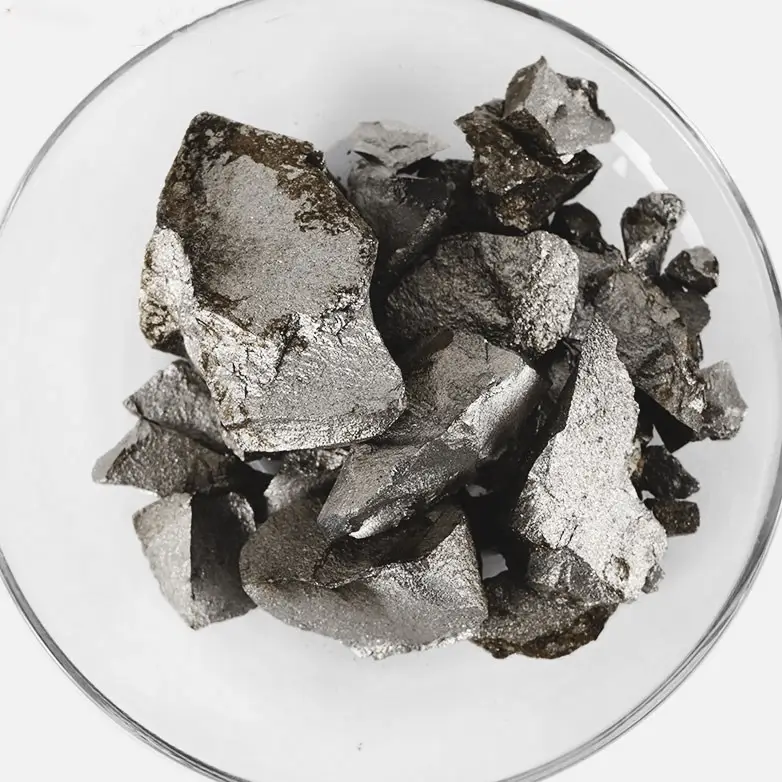Fancymetal offers high purity (customizable) metal products, as well as oxides, product shapes, foils, plates, wires, tubes, rods, powders and a variety of custom shapes.
We also have other praseodymium products:
Praseodymium
Praseodymium metal
Praseodymium oxide
Praseodymium sputtering targets
Praseodymium powder
Praseodymium alloys
Silver-white metal, soft and ductile. but it will produce a brittle green oxide layer when exposed to air. Praseodymium slowly forms a green brittle oxide layer in air; praseodymium usually exists in the +3 oxidation state and also exists in the +4 valence form. It darkens in humid air and forms an oxide film. Praseodymium ion solution is green
Applications:
✔ It can be used as a catalyst in petrochemical industry
✔ It can be used for grinding and polishing materials. Pure cerium-based polishing powder is usually light yellow and is a high-quality polishing material for optical glass.
✔ Its use in the field of optical fibers is becoming more and more extensive. A praseodymium-doped fiber amplifier that amplifies in the 1300~1360nm spectral region has been developed.
✔ It is used as a new type of grinding material to make a praseodymium-containing corundum grinding wheel.
Preparation method:
Industrially, solvent extraction and ion exchange methods are used to separate and purify praseodymium from mixed rare earth solutions obtained by treating fluorocarbon cerium ore or monazite. Metallic praseodymium is produced by reducing praseodymium fluoride or chloride with calcium.
It is often produced by dehydrating hydrated praseodymium chloride PrCl3·xH2O and reducing it with metallic calcium, or by melting anhydrous praseodymium chloride and then electrolyzing it.
Advantages:
✔ Strict quality control of raw materials, process control and pre-delivery processes.
✔ Strong technical capability makes it a reliable long-term supplier.
✔ Technical support: 24 hours technical support by email or phone.
History:
In 1841, C.G. Mosander obtained a mixture of praseodymium and neodymium from ceria and named it didymia.
In 1885, Austrian chemist Weisbach separated samarium oxide from oxide and then separated the oxide of a new element. He named this new element Praseodidymium, which is composed of Praseo and Didymium, which means "green" because its salt is green. The name of this element is simplified to Praseodymium. Translated into praseodymium, the element symbol is Pr.
The English name of praseodymium comes from the Greek word prasios, which originally means "green twin brother". This is because praseodymium and neodymium coexist together, and the oxide of praseodymium Pr2O3 is light green.

